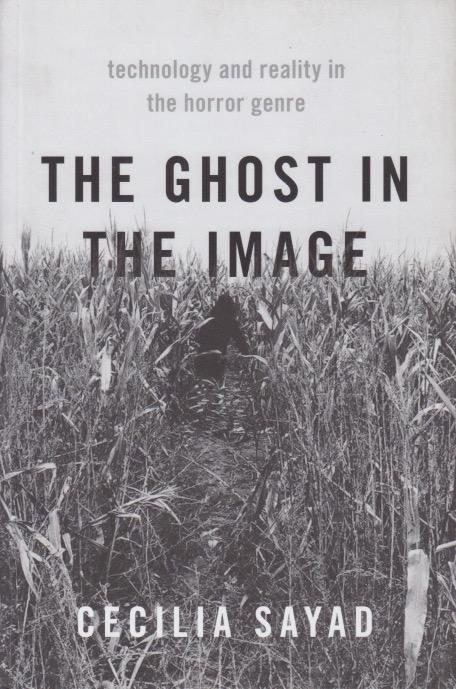
Theory can be tough to stomach, but once you get through it you can often find all kinds of valuables in an academic book. I learned quite a lot from Cecilia Sayad’s The Ghost in the Image. It’s a brief but powerful book. One of the under-explored areas of life is how our inventions affect reality. We invent things and they change us. Photography is one of those inventions and it seems like we should step back for a decade or two and try to figure out just how it’s remade reality. Sayad explores that specifically in the realm of horror. Not just movies, but other technology associated with images (and even other senses). She makes the case that the frame that separates an image from the “reality” outside the frame—think of going to an art museum and how the frame sets a painting off from the “real” wall behind it—has become permeable. Thus the theoretical part.
Applying that principle to horror, she has fascinating chapters on Amityville and Enfield, the found-footage fictions of Paranormal Activity, and the Slender Man meme. She also discusses spirit photography, which is really the precursor to the horror film, and what used to be called video games. I’m not a gamer, I’m afraid, and I’m sure I’m missing out on some culture because of it, but researching and writing books beyond work takes up quite a bit of time. In any case, the amazing thing is that Sayad does all this without judging. She doesn’t say that ghosts are “real” but she doesn’t say that they’re not. Part of the reason for this is that reality is part of the quest here. We define reality partially (largely) through our technology. Would politicians become “celebrities” without photographic media? They’re hardly the cream of the crop anymore (let’s be honest here).
So this book left me thinking. Imaging technology invents, instigates a new reality for creatures as visually oriented as our species tends to be. Sayad also explores how other senses are brought into this—sound, most obviously, for movies—and help to confirm that reality. Theaters have toyed with touch and smells to widen the diegesis of the movie (taste is a bit trickier), each layer brings the image further outside the frame. The internet has, of course, only accelerated all of this. The fact that horror is the genre that perhaps best lends itself to this kind of impact on society is, in itself, a telling point. I need to step back for some time and ponder how this all fits together in what I perceive of as reality.
